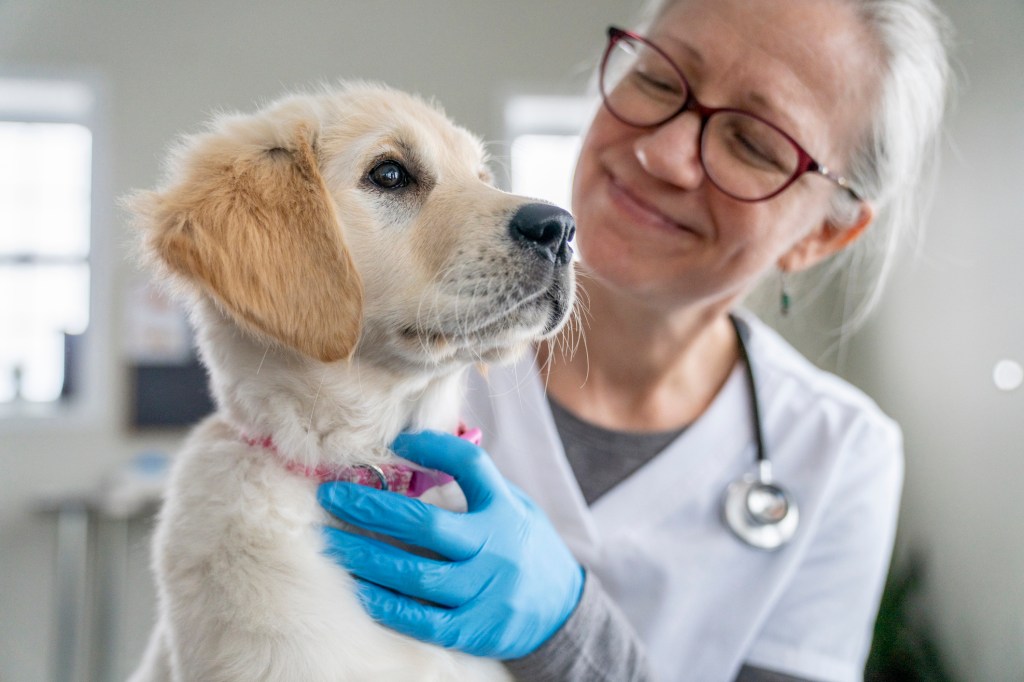Neosporosis in dogs is an infection that can cause the spinal cord and brain to become inflamed. Technically, the condition is caused by a microorganism called Neospora caninum. Usually, consuming raw meat causes the illness.
Generally, young pups suffer from the disorder badly. For example, neosporosis can result in paralysis, lung problems, and muscle issues. Unfortunately, the condition can be hard to recover from. That said, medication is available and can help if the infection is caught early.
If you see signs that your dog might be suffering from this condition, then you must consult your veterinarian for a proper diagnosis and course of treatment. Here’s what you should know about the symptoms, causes, and treatments of neosporosis in dogs.
Symptoms of neosporosis in dogs
The disorder in dogs can result in a large range of symptoms. However, in some cases, a dog may be asymptomatic and show no symptoms.
Generally, some of the most common symptoms of neosporosis include:
- Muscle weakness
- Skin ulcers
- Trembling and shaking
- Blurry vision
- Delayed reflexes
- Circling
- Inflamed muscles
- Problems swallowing
- Dermatitis
- Liver problems
- Pneumonia
Causes of neosporosis in dogs

The cause of the condition is a microorganism called neospora caninum. Usually, a dog can become infected from consuming raw meat that contains the parasite.
Additionally, a mother dog can pass neosporosis on to her litter when pregnant. Technically, when this happens it is called a congenital infection.
Treatments for neosporosis in dogs
Firstly, if you think that your dog might be developing neosporosis, your veterinarian will want to carry out a full physical examination. Secondly, a series of blood, DNA, fecal, and antibody tests will be taken. Usually, the results of these can confirm the condition. Additionally, in some cases, muscle tissue samples will also need to be taken and tested.
Unfortunately, there is no current cure for the illness. However, medication can be used to help treat your dog’s symptoms.
For example, medication — including the antibiotic clindamycin — can be prescribed by your vet. Additionally, drugs known as sulfonamides can also be administered as a way to treat neosporosis. As always, if your vet prescribes your dog any medication, stick to the correct dose and frequency instructions. Be sure to complete the full course of medicine.
Generally, early detection and treatment are key when it comes to addressing this condition. So, if you notice any of the common symptoms of neosporosis in your pup, contact your vet immediately.









